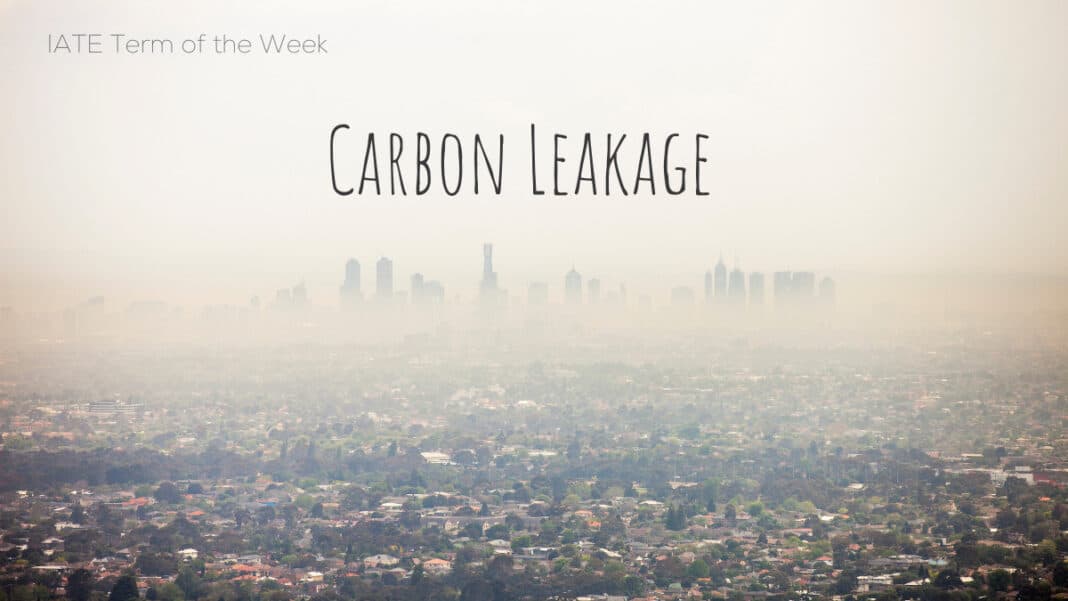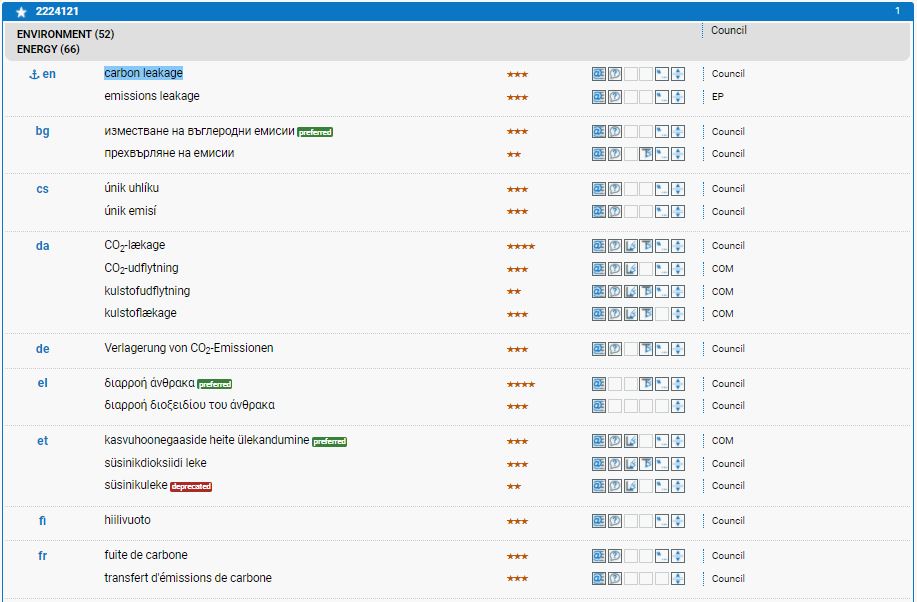Carbon Leakage is a term that originated within the walls of EU institutions. It is a phenomenon that happens when businesses generating a high level of carbon emissions decide to move their production to non-EU countries where policies against greenhouse gases are less strict. As a result of this transfer, the global amount of carbon emissions would see a rise.
The causes of carbon leakage
The EU has set deadlines and rules for achieving the goal of a climate-neutral Europe by 2050 through the Emissions Trading System (ETS). The ETS controls the amount of greenhouse gases that businesses located in the EU can emit by giving them a limited amount of emission allowances. These can be traded or saved according to businesses’ needs.
However, there is the possibility of ETS measures leading to carbon leakage. For some businesses that produce elevated quantities of carbon, this system creates additional costs that they can avoid by moving their production abroad. If these businesses were, indeed, to move their factories to certain foreign countries, the overall global emissions of greenhouse gases would increase and, thus, the entire purpose of having anti-greenhouse gas policies in place would be defeated.
The measures taken by the EU to tackle carbon leakage
To support a greener industrial development, the EU has decided to grant free allowances to those businesses that are more likely to cause carbon leakage. The characteristics that these businesses must have are defined in official lists compiled by the European Commission, the Member States and the European Parliament. The first list dates back to 2013, while the latest one was published in 2019.
The list of businesses at risk of generating carbon leakage is drawn up by calculating the additional costs these businesses face due to anti-greenhouse gas EU policies and the volume of their trade with non-EU countries. These are the factors deemed to be responsible of motivating businesses to move their production abroad.
Recent studies have shown that the goal of decreasing future carbon emissions would be reached more effectively by imposing stricter rules to businesses. Therefore, new policies have been launched as part of a phase 4 project that starts in 2021 and will end in 2030.
References
Carbon Leakage and Industrial Innovation | Climate Policy Info Hub. 2021. Carbon Leakage and Industrial Innovation | Climate Policy Info Hub. [ONLINE] Available at: https://climatepolicyinfohub.eu/carbon-leakage-and-industrial-innovation. [Accessed 31 March 2021].
Carbon Market Watch. 2021. Carbon Leakage – Carbon Market Watch. [ONLINE] Available at: https://carbonmarketwatch.org/2014/08/29/carbon-leakage/. [Accessed 31 March 2021].
Climate Action – European Commission. 2021. Carbon leakage | Climate Action. [ONLINE] Available at: https://ec.europa.eu/clima/policies/ets/allowances/leakage_en#tab-0-0. [Accessed 31 March 2021].
Climate Action – European Commission. 2021. EU Emissions Trading System (EU ETS) | Climate Action. [ONLINE] Available at: https://ec.europa.eu/clima/policies/ets_en. [Accessed 31 March 2021].

Written by Maria Bruno, Schuman Trainee at the Terminology Coordination Unit. She holds a master’s degree in Translation and a bachelor’s degree in Italian Language and Literature. She is trained in websites and social media management, content writing and SEO. Currently, she is studying for her Diplôme Universitaire in Terminology at the University of Savoie-Mont Blanc.


